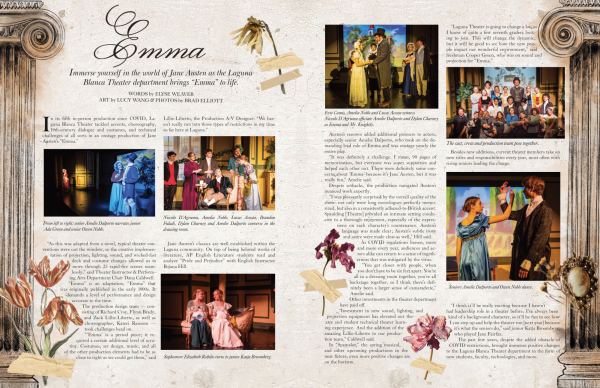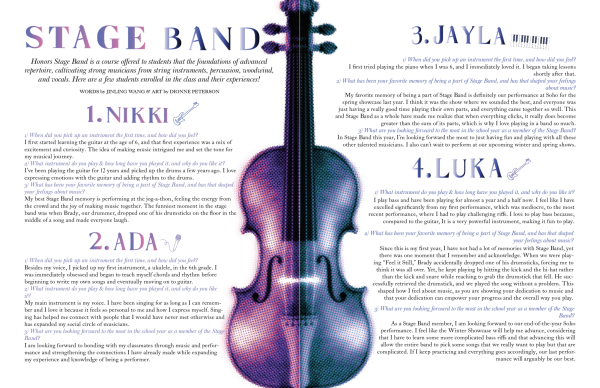Hugh Hefner: The Good, The Bad and the Bunny
When a celebrity passes, our society must decide how we will remember him or her. Typically, we choose to to recognize the best qualities of the dead and selectively forget their flaws. Although it is respectful and important to appreciate the positive contributions of the deceased, in order to not repeat mistakes of the past, it is irresponsible to ignore their faults.
One surprising example of this is John Lennon. As a prominent anti-war advocate, our society has given John Lennon the ultimate pacifist persona. However, the factor that is almost always ignored is that, as confirmed by a former member, Lennon was a close supporter of the IRA, an Irish paramilitary organization that was known to use terror tactics such as public bombings and shootings. In fact, many of our most beloved United States presidents of the United States are remembered in solely a positive light, despite their moral faults: the majority of our early presidents owned slaves, yet fought for the freedom of white people. Yet, our history books either lightly touch upon this or neglect it altogether.
With the recent death of Hugh Hefner, a contradictory figure even while living, many people are falling back to this trend: ignoring his faults and exclusively praising his positive societal contributions.
Just two years into his publication, Playboy Magazine, a predominantly male-targeted lifestyle and entertainment magazine known for its nudity, Hefner agreed to publish an article so controversial that no other progressive magazine or newspaper would publish. The article was titled “The Crooked Man,” and was about a dystopian future where homosexuality was the majority and heterosexuals were outcast. Hefner received floods of hate messages, yet calmly responded by saying, “If it was wrong to persecute heterosexuals in a homosexual society, then the reverse is wrong, too.” Hefner had no shame in his support of gay and lesbian rights, including same-sex marriage and transgender rights, decades before they gained significant popular support.
In addition to LGBTQ rights, Hefner was a strong advocate for the rights of African Americans and of women: for desegregation and for reproductive rights. During the Jim Crow era, Hefner hosted concerts where black and white musicians would perform together on the same stage. For his magazine, Hefner hired both black and white journalists and even featured interviews with Martin Luther King Jr. and Malcolm X. In addition, in the 1960s, Hefner was one of the first to publicly promote black women as beautiful.
Hefner used not only his platform, but also his fortune to help support what he called human rights. He created his own nonprofit that raises awareness and funds for sexual health and rape crisis centers.
Although it is important to recognize Hefner’s contributions to the Civil Rights Movement, his contributions to female objectification should neither be ignored nor forgotten. Playboy Magazine, despite its support of minority rights, had an overwhelmingly greater role in the promotion of women as sexual objects.
Hefner claimed to support women’s rights and to be the “father of the sexual revolution,” however his magazine pioneered the normalization of submissive female icons. Multiple studies have proven that porn contributes to sexual aggression toward women and even abuse.
Not only was Hefner’s magazine contributive to sexual abuse and aggression toward women, but his personal life promoted the same. Throughout his life, there were multiple accounts of sexual abuse by Hefner reported by various women. In 2015, Hefner’s former girlfriend Holly Madison reported that Hefner controlled her choices of makeup and outfits and required her to participate in unwanted sexual acts at least twice per week.
If our children read about Hugh Hefner in their history books as a figure who contributed to the “sexual revolution,” it is important that they also are informed of his contributions to female objectification and understand both the highlights and the flaws of historical figures.
Your donation will support the student journalists of Laguna Blanca School. Your contribution will allow us to purchase equipment and cover our annual website hosting costs.



















